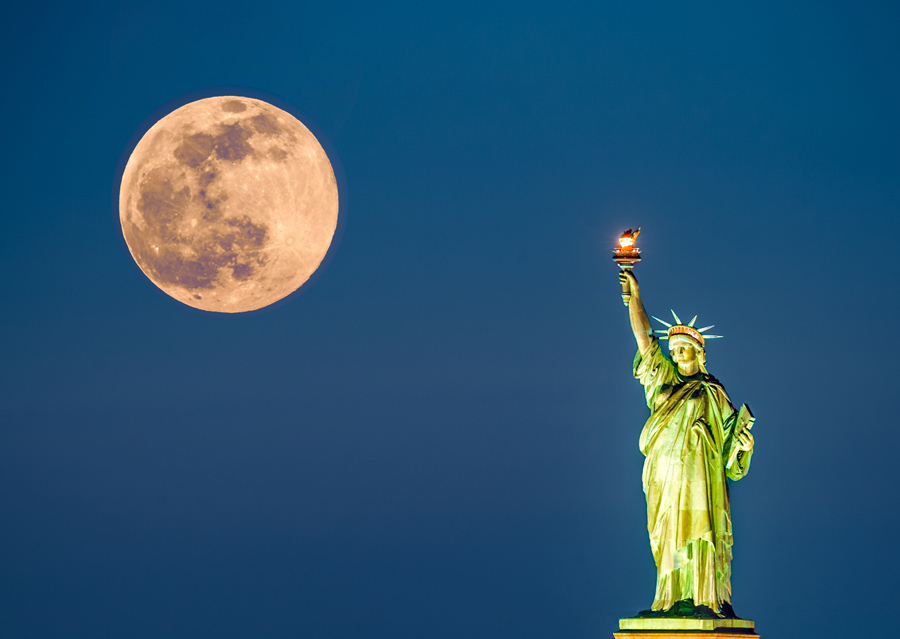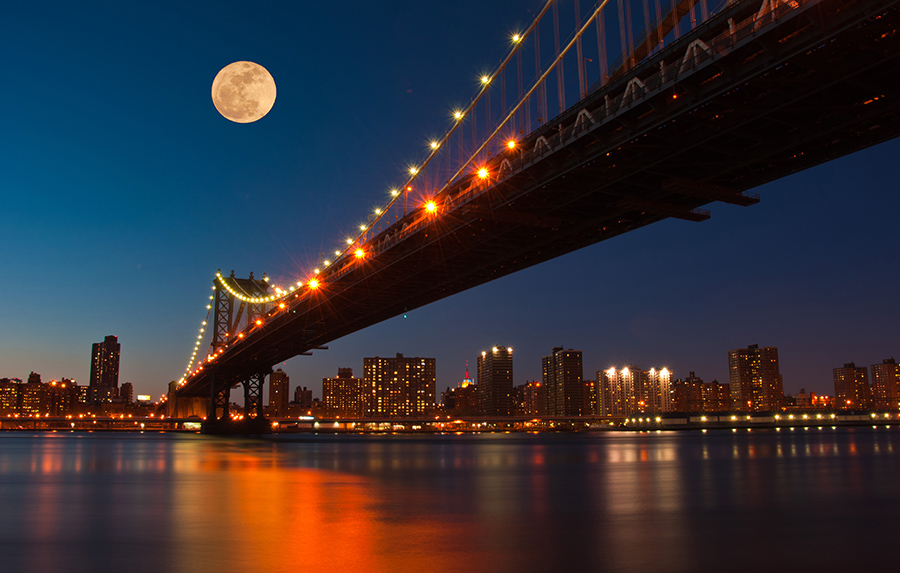The night sky holds many phenomena, the activity of the moon chief among them.
As the moon orbits around the Earth, the pattern of orbit is slightly different with every rotation, due to the effects of the gravitational pulls of the Sun and planets. In addition, the Moon orbits the Earth not in a circular motion, but in an ellipse, an oval with a farthest point and nearest point to the Earth, known respectively as the apogee and perigee. The Moon being full when it reaches its perigee creates a supermoon: look closely when it happens, and you’ll see a Moon even bigger and brighter than usual.
Supermoons occur roughly three or four times per year. 2023 will contain a total of four supermoons, on the nights of:

● August 1
● August 31
● September 29
Though July’s supermoon is the first of the year, it’s the August supermoons that are particularly special.
The August 31 supermoon is also a blue moon: the rare occasion where there are two full moons in one month. Unfortunately, it does not change color: the phrase comes from sixteenth century slang meaning something impossible or ridiculous (“Next you’ll be telling me the moon is blue!”), which evolved to mean something incredibly rare (“We only get together once in a blue moon.”), and on the discovery of a rare lunar occurrence, almanacs in the nineteenth and twentieth centuries began referring to it as a “blue moon.”

If you have any questions or concerns, please feel free to contact us at info@gravityintprog.com. Stay safe and healthy!






